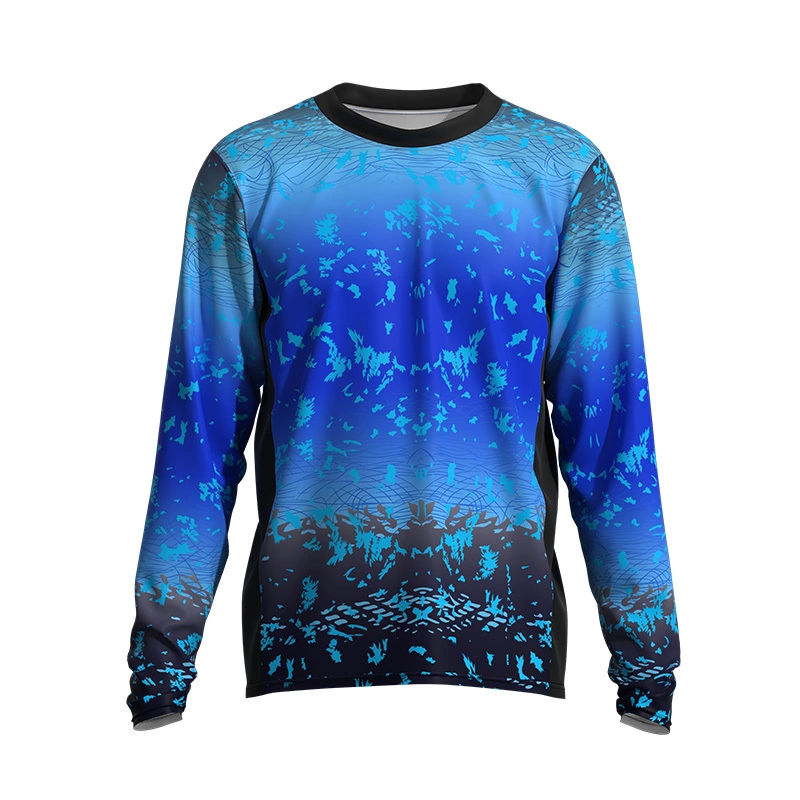Quality control is a crucial aspect of any manufacturing process, and it’s particularly important in the production of fishing shirts. A well-made fishing shirt can make all the difference in an angler’s comfort and performance on the water, while a poorly made shirt can lead to discomfort, distraction, and even safety issues. In this article, we’ll take a closer look at the quality control processes of fishing shirt manufacturers, highlighting the key fishing shirt suppliers and the benefits of a robust quality control system.
Raw Materials Inspection
The quality control process begins with the inspection of raw materials, including fabrics, threads, and other components. Manufacturers should verify that these materials meet their specifications and standards, checking for factors such as weight, texture, and color consistency. This step is critical in ensuring that the final product meets the required quality standards. Manufacturers should also test the materials for durability, water resistance, and other performance characteristics to ensure they can withstand the rigors of fishing.
Production Line Quality Control
Once the raw materials have been inspected and approved, the production line quality control process begins. This involves monitoring the manufacturing process to ensure that every shirt meets the required standards. Manufacturers should implement quality control checks at various stages of production, including cutting, sewing, and finishing. These checks should include inspections for defects, such as uneven seams, loose threads, or missing buttons. Manufacturers should also verify that the shirts meet the required specifications, including size, fit, and color.

Testing and Inspection
Testing and inspection are critical components of the quality control process. Manufacturers should conduct rigorous testing to ensure that their shirts meet the required performance standards. This may include tests for water resistance, breathability, and durability. Manufacturers should also inspect the shirts for any defects or irregularities, including checks for colorfastness, shrinkage, and fabric density. These tests and inspections help ensure that the shirts can withstand the demands of fishing and provide anglers with a comfortable and reliable garment.
Certifications and Compliance
Fishing shirt manufacturers should also obtain relevant certifications and comply with industry standards. For example, manufacturers may obtain certifications from organizations such as the International Organization for Standardization (ISO) or the American Society for Testing and Materials (ASTM). These certifications demonstrate that the manufacturer has met specific quality and performance standards. Manufacturers should also comply with regulations and laws related to textile production, including those related to labor practices, environmental sustainability, and product safety.
Supply Chain Management
Supply chain management is another critical aspect of quality control. Manufacturers should carefully select and manage their suppliers to ensure that they meet the required quality standards. This includes verifying the supplier’s quality control processes, testing their materials, and monitoring their performance. Manufacturers should also establish clear communication channels with their suppliers to ensure that any quality issues are addressed promptly and effectively.

Continuous Improvement
Finally, manufacturers should commit to continuous improvement, regularly reviewing and refining their quality control processes to ensure they remain effective and efficient. This may involve soliciting feedback from customers, monitoring industry trends, and investing in new technologies and equipment. By continuously improving their quality control processes, manufacturers can ensure that their fishing shirts meet the evolving needs and expectations of anglers.
Benefits of Robust Quality Control
A robust quality control system offers numerous benefits to fishing shirt manufacturers. By ensuring that every shirt meets the required quality standards, manufacturers can build trust with their customers, reduce returns and complaints, and increase customer loyalty. A strong quality control system also helps manufacturers to reduce waste, improve efficiency, and increase productivity. Furthermore, a commitment to quality control demonstrates a manufacturer’s dedication to excellence and its willingness to invest in the best materials, processes, and people. By prioritizing quality control, manufacturers can establish themselves as leaders in the fishing shirt market and build a loyal customer base.
